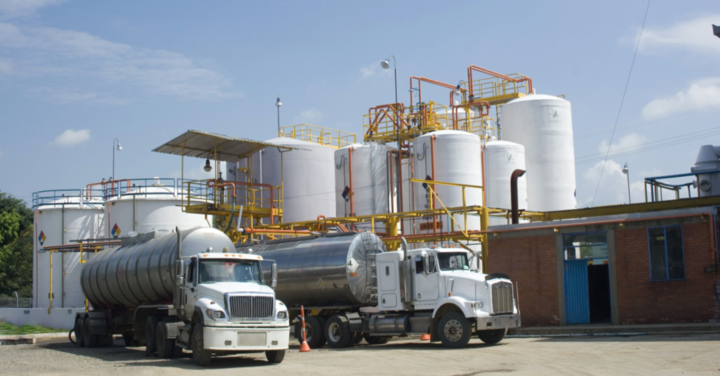
The ubiquitous chemical is the component of any matter in the world. Transporting solid, liquid, or gaseous chemical requires special packaging, loading, and delivery care. And yet, ever business often comes up to the same challenge–brokers have a common respnosibilility and are focused on moving freight faster. However, that doesn’t quite some the challenges inherent in a specific company. A typical broker might not look beyond the direct needs for that day’s moves, and the real competitive advantage rests with looking beyond the surface request. The real value is looking to become a more strategic partner that can help your team figure out what’s next. Meanwhile, this industry is growing worldwide. As reported by Allied Market Research, “The global chemical logistics market size was valued at $253.71 billion in 2019 and is projected to reach $322.54 billion by 2027, registering a CAGR of 3.9% from 2020 to 2027.”
Knowing what to expect from the transportation partner is the beginning of stress-free chemical transportion for shippers and distributors alike.
There has been an unprecedented growth of transportation companies using real-time visibility platforms, and today’s companies want visibility to make meaningful changes. Still, visibility into current performance can only so far, and the trick is figuring out how to use that visibility to drive a meaningful improvement–a true competitive advantage.
Real-time visibility considers uncertainties carriers can encounter, such as weather, traffic delays, or congestion. With chemical transportion, things can get even more unpredictable. Therefore, consider several factors before choosing a transportation partner that collaborates with a tech partner. The one that has a sustainable competitive advantage is the one that grows with the distributor. Visibility is not merely a replacement for managed transport services (MTS). It is the seamless integration of MTS with ERP solutions.
Keeping the distributor, carrier, driver, and the customer in a loop on a standard technology platform ensures transparency. This approach is the best way to collaborate and communicate among all the partners involved. Customers can get access to the real-time visibility of their incoming shipments. With chemical transportion, it becomes even more crucial. If there are emergencies like hazardous material leakage or emission of poisonous gasses, shippers can take immediate corrective action.
A strong network of carriers who understand the hazards involved in chemical transportion is an absolute necessity in the business of its transportation. When choosing a suitable carrier, effective optimization of the carrier’s space, allowing for air flows, proper labeling, and communication of emergency responses are factors that shippers must consider.
Partnering with a transportation company that has a vast network of carriers increases the chances of selecting the right one for the job. Besides having these capabilities, a transportation partner with an expert tech partner will leverage their data analytics capabilities to provide optimal solutions.
That also includes using data to create the reports driven by metrics that matter most to the unique company type. For instance, tracking the total cost for transporting a pallet of goods at varying levels of detail, such as per pallet, per SKU or per case, to understand what’s really happening and how a company can do more with less.
Handling barrels or pallets is different from handling a chemical tanker. Shippers or distributors need access to carriers and drivers specializing in chemical transportion. Carriers and drivers should have expertise in HAZMAT rules and regulations, which are complex. Shippers cannot assume that all carriers have that knowledge. Vetting carriers is a long process, and having managed services will give shippers a sustainable competitive advantage over others.
The chemical industry is highly specialized and competitive.3PL and 4PL end-to-end solutions providers can mitigate most of the challenges of chemical transportion. The supply chain involves a lot of factors, and until something goes wrong, the hidden challenge might never come to light. Live, 24/7 monitoring services add to the advantage. Managed services provide real-time visibility and transparent communication across the supply chain to help ensure on-time, in-full shipments.
Providers who engage with properly vetted drivers can match the appropriate carrier to the supplier. Warehouse and inventory management is another considerable component of the supply chain. Fortunately, freight management parties can easily handle that challenge by engaging managed services. All this leads to scalable productivity and cost savings for the distributor and, in the current scenario, puts the distributor at a considerable advantage over competitors.
A chemical manufacturer, distributor, or shipper has a sustainable competitive advantage over others if they engage a logistics partner who has collaborated with an expert tech platform. A provider like Zengistics, with all the listed benefits, can mitigate many of the challenges a chemical manufacturer or shipper encounters. A strong tech partner, Zengistics provides affordable end-to-end solutions for most manufacturers, thus eliminating a lot of uncertainties and challenges in the unpredictable world of chemical transportation.